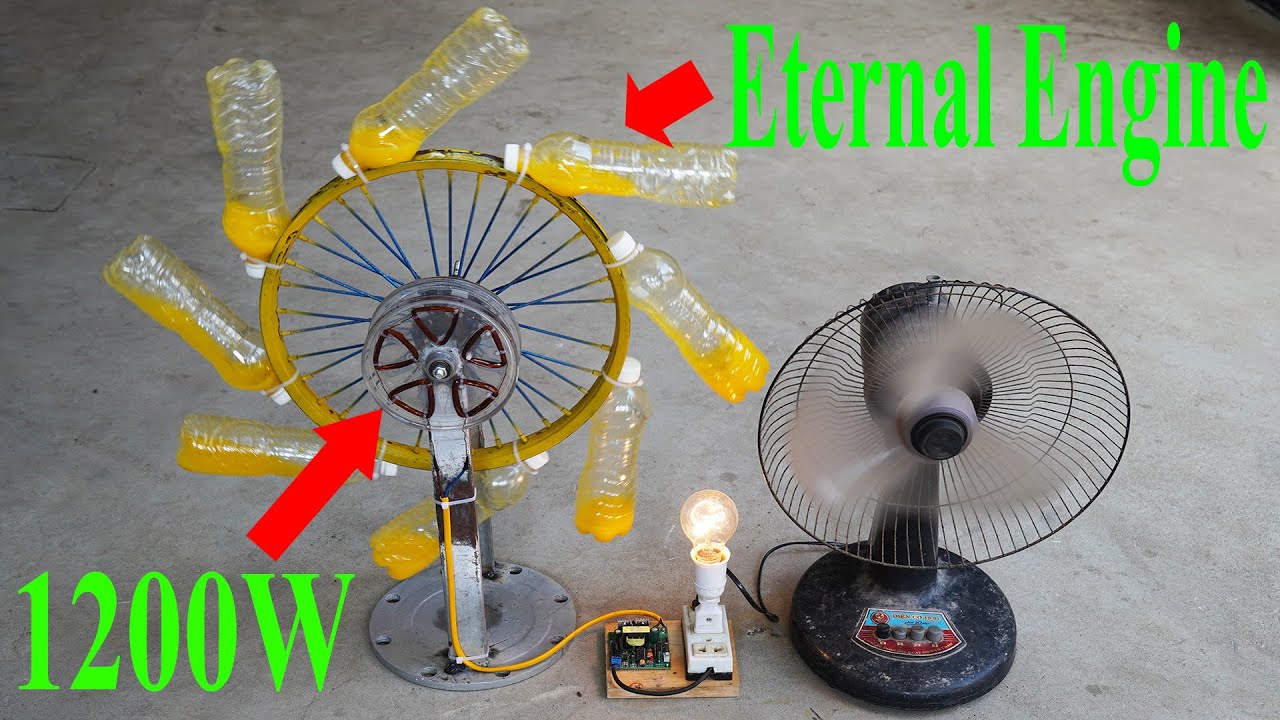Making Soap with Only 3 Ingredients!
Summary
TLDRThis video script appears to be a collection of audio cues and musical interludes, with occasional words and phrases such as 'sí', 'hola', and 'no no'. The presence of applause suggests a live performance or a segment that involves audience interaction. The script lacks coherent dialogue, indicating it might be a musical piece or a performance art with minimal verbal communication.
Takeaways
- 🎵 The script features a repetitive use of music, suggesting a musical or rhythmic theme.
- 🗣️ The presence of 'y' and 'i' indicates a conversational or interactive tone.
- 👏 The applause suggests a live performance or a segment where the audience is engaged.
- 🎶 The script includes musical interludes, possibly indicating a song or a soundtrack.
- 👥 The mention of 'un par' could imply a pair or a couple, suggesting a relationship or partnership.
- 🚫 The use of 'no' multiple times might indicate disagreement or negation within the dialogue.
- 👋 The greeting 'hola' is a friendly and informal way to address someone, likely setting a welcoming tone.
- 🔁 The repetition of 'no no' and 'sí' could be emphasizing a point or creating a contrast in the conversation.
- 🎧 The script seems to be a mix of speech and music, possibly from a live event or a performance.
- 🎤 The use of 'ah' might indicate a moment of realization, surprise, or a pause for effect in the dialogue.
Q & A
What is the recurring element in the transcript?
-The recurring element in the transcript is the presence of musical interludes, indicated by '[Música]'.
How many times does the word 'y' appear in the transcript?
-The word 'y' appears five times in the transcript.
What does the '[Aplausos]' indicate in the script?
-'[Aplausos]' indicates a moment of applause in the script, suggesting a live performance or audience reaction.
Is there a pattern in the usage of the word 'no'?
-The word 'no' is used twice in the script, with a repetition of 'no no', which might indicate a denial or emphasis.
What does the phrase 'un par' suggest in the context of the script?
-The phrase 'un par' could suggest a pair or a couple, possibly referring to a relationship or a set of two items.
What is the significance of the number '2' in the script?
-The number '2' appears isolated, which could signify a variety of things such as a countdown, a reference to a specific item, or a track number.
How many instances of the word 'sí' are there in the transcript?
-The word 'sí' appears twice in the transcript.
What could be the role of the word 'hola' in the script?
-The word 'hola' is a greeting in Spanish, which in this context could be used to address the audience or start a conversation.
What is the possible meaning of the repeated 'i' in the transcript?
-The repeated 'i' could be a placeholder for a word that was not transcribed properly, or it could be a stylistic choice to represent a sound or a pause.
What might be the purpose of the '[Música]' interludes in the script?
-The '[Música]' interludes serve to indicate where music is playing, which could be to set the mood, transition between segments, or provide a backdrop for the dialogue.
What could the phrase 'no no sí' express in the script?
-The phrase 'no no sí' might express a change of mind or a correction, where the speaker initially disagrees but then affirms something.
Outlines

Dieser Bereich ist nur für Premium-Benutzer verfügbar. Bitte führen Sie ein Upgrade durch, um auf diesen Abschnitt zuzugreifen.
Upgrade durchführenMindmap

Dieser Bereich ist nur für Premium-Benutzer verfügbar. Bitte führen Sie ein Upgrade durch, um auf diesen Abschnitt zuzugreifen.
Upgrade durchführenKeywords

Dieser Bereich ist nur für Premium-Benutzer verfügbar. Bitte führen Sie ein Upgrade durch, um auf diesen Abschnitt zuzugreifen.
Upgrade durchführenHighlights

Dieser Bereich ist nur für Premium-Benutzer verfügbar. Bitte führen Sie ein Upgrade durch, um auf diesen Abschnitt zuzugreifen.
Upgrade durchführenTranscripts

Dieser Bereich ist nur für Premium-Benutzer verfügbar. Bitte führen Sie ein Upgrade durch, um auf diesen Abschnitt zuzugreifen.
Upgrade durchführenWeitere ähnliche Videos ansehen

Dreams PUNP

Top 10 Hospitality Industry Trends in 2023

TRIBU BUCAD CADUHAAN DINAGSA FESTIVAL 2024 CHAMPION CADIZ CITY NEGROS OCCIDENTAL

٨ نصائح رح تخليك تصير اسطورة بالمستودع😱 | Top 8 tips & tricks to become a TDM master | PUBG MOBILE

Transforming a Perpetual Motion Machine into a Power Generator Free

𝑬𝑼 𝑺𝑬𝑵𝑻𝑶 𝑮𝑨𝑩𝑼 - (𝑺𝑳𝑶𝑾𝑬𝑫) ★
5.0 / 5 (0 votes)
